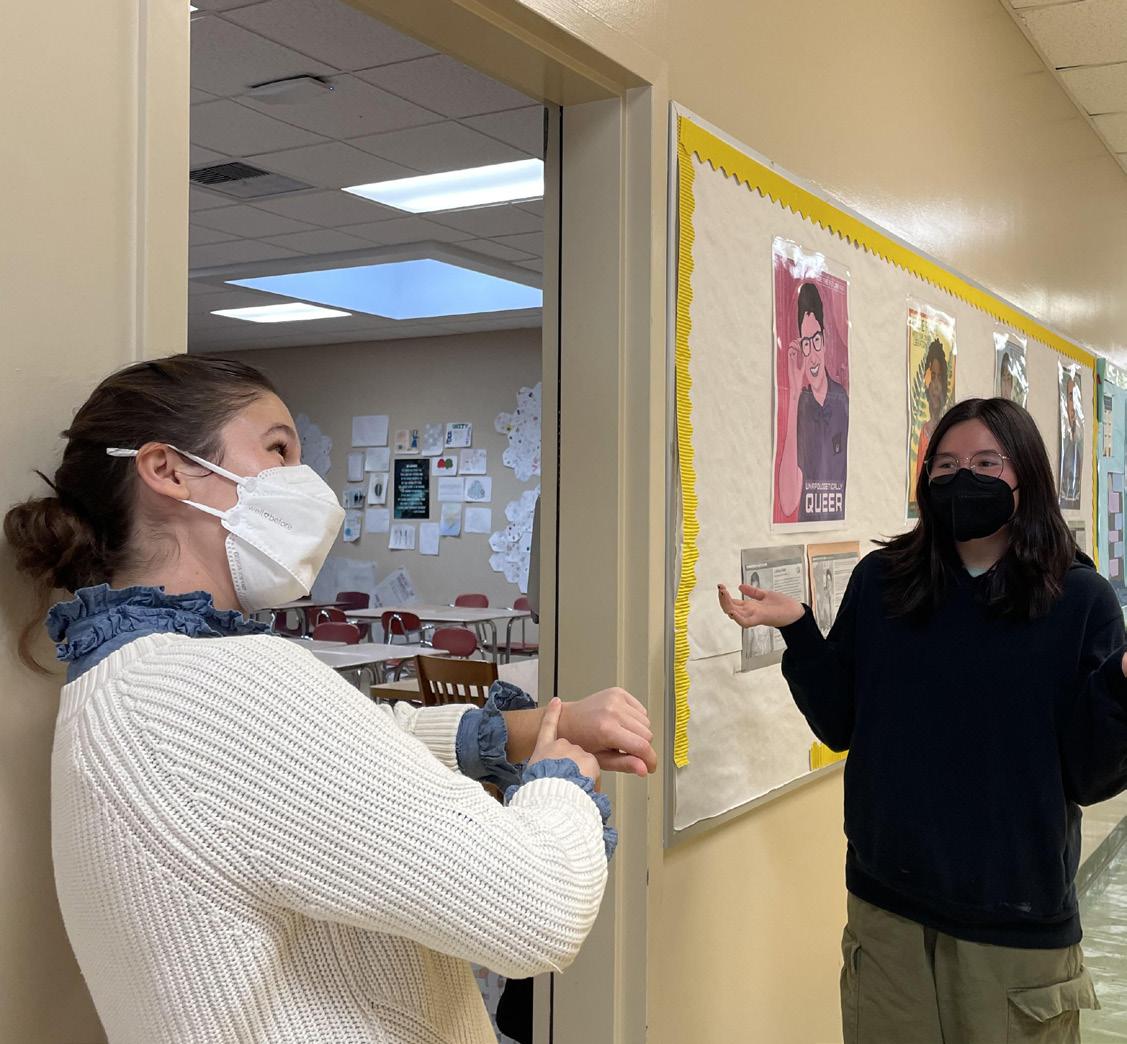
2 minute read
Should ChatGPT Be Allowed In Schools?
By: Tazu Luisi, Staff Writer
The use of advanced language processing models, such as OpenAI’s GPT-3 (which is the model behind ChatGPT), in educational settings has the potential to revolutionize the way we approach teaching and learning. However, before we fully embrace this technology in schools, it is important to consider the potential implications and address any concerns.
Advertisement
One potential beneft of using GPT-3 in education is the ability for it to generate highly engaging and personalized content for students. For example, GPT-3 can generate engaging and accurate explanations for complex topics, creating a unique learning experience for each student. Additionally, GPT-3 can assist in the creation of interactive learning materials, such as quizzes and exercises, which can be adapted to the needs of individual students.
Another beneft of GPT-3 in education is its ability to enhance the efciency and efectiveness of teaching. With GPT-3, teachers can quickly and easily create high-quality lesson plans, assessments and other teaching materials, allowing them to spend more time engaging with students and providing individualized instruction. GPT-3 can also be used as a tool for formative assessment, providing teachers with real-time feedback on student understanding and identifying areas that may require additional support.
However, it’s also important to address the potential drawbacks and concerns. One concern is that the use of GPT-3 in education could lead to a decline in critical thinking and creativity among students. As GPT-3 can generate highly accurate and polished content, students may be less inclined to use their own critical thinking and problem-solving skills. Additionally, if students become too reliant on GPT-3 as a learning tool, they may struggle to apply what they have learned in real-world situations.
Another concern is that GPT-3 could exacerbate existing inequalities in education. For example, schools in low-income areas may not have the resources to access and implement GPT-3, further exacerbating the achievement gap. Furthermore, GPT-3 could be used as a substitute for teachers, which could lead to job loss and negatively impact teacher morale.
Lastly, there is a question of ethical concern, as GPT-3 is a highly advanced AI model, it can generate highly coherent and persuasive text, which can be used to spread misinformation and disinformation, making the teacher’s job of providing a critical thinking exercise even harder.
In conclusion, the use of GPT-3 in education has the potential to revolutionize the way we approach teaching and learning. However, it is important to carefully consider the potential implications and address any concerns before fully embracing this technology in schools. It is important to strike a balance between the benefts and drawbacks, and to ensure that the technology is implemented in a way that is inclusive, equitable and supports the development of critical thinking and creativity in students.
Did you like that article? Because it was written in its entirety by Chat GPT with only the simple prompt of: “Write a 500-word opinion piece newspaper article sharing your opinion about ChatGPT being allowed in schools”.
“Overall, human beings are always going to fnd ways to make tasks easier, such as the computer and calculator. ChatGPT could also be looked at in a good light, with cool ways for students to critique it.



- Ms.Donohoe
“ I don’t think it should be allowed in school, but as a senior, students don’t have the time to write a 700word essay, and will resort to ChatGPT”
- Nicole Lee (12)









